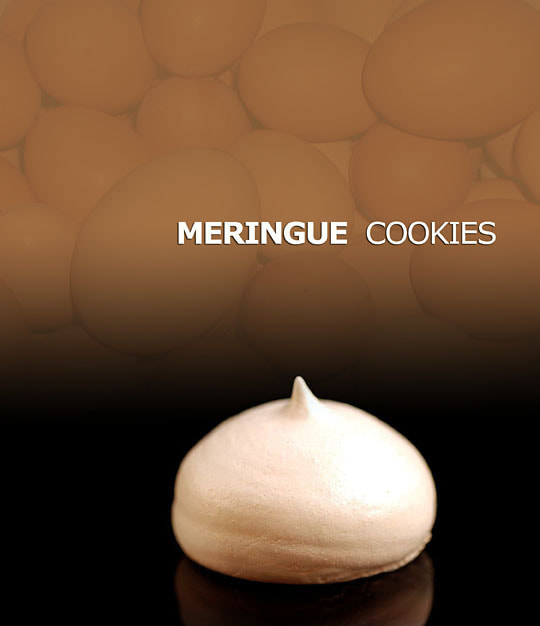“The world is changing at such a rapid rate that it’s turning us all into amateurs. Even for professionals, the best way to flourish is to retain an amateur’s spirit and embrace uncertainty and the unknown.” Austin Kleon There is an ever-growing trend toward creating digital illustration. Some of the tools on the market make it easy to seamlessly merge the traditional and digital worlds together. It’s getting more difficult to determine whether something is hand or computer generated. If you are a purist – I feel your pain. But digital illustrations are becoming more abundant as technology develops to allow for more traditional–looking or unique-looking renderings. Let’s face it – there are a lot of tricks and effects that you can accomplish digitally that would either be impossible, or take forever to do manually. So if you want to embrace the digital side, where do you start?
he next step is obtaining graphic software. Adobe Photoshop is used by many in the industry. There of course are other products such as artRage, CorelDRAW, Manga Studio and Inkscape – to name a few. You can usually download a trial version of the software and test these products out before committing to anything. In the end, it’s a personal choice of what works best for you, tour artistic needs and your budget. If you purchase a new Wacom tablet, the pro versions come with software. If you are a student, or with a non-profit organization, check out Studica for deals on tablets and software. There are many digital paint brushes that are now available. Many brushes are free to download and import into your graphic software (check out You the designer: Brushes). Once you are set up with your tools, there are great tutorials such as Skillshare's Illustration tutorials. Once you master one program you’ll find similarities between other programs as far as icons, and use of terminology. This makes learning other programs easier as you build on your skills. The thing to remember is that learning new techniques is constant. The digital world is fast-changing. The upside is that things are getting faster and easier to do. If you liked this blog post, you may also like: Comments are closed.
|
Categories
All
|
||||||||||
Privacy policy
Copyright 2024 Patricia Pinsk
